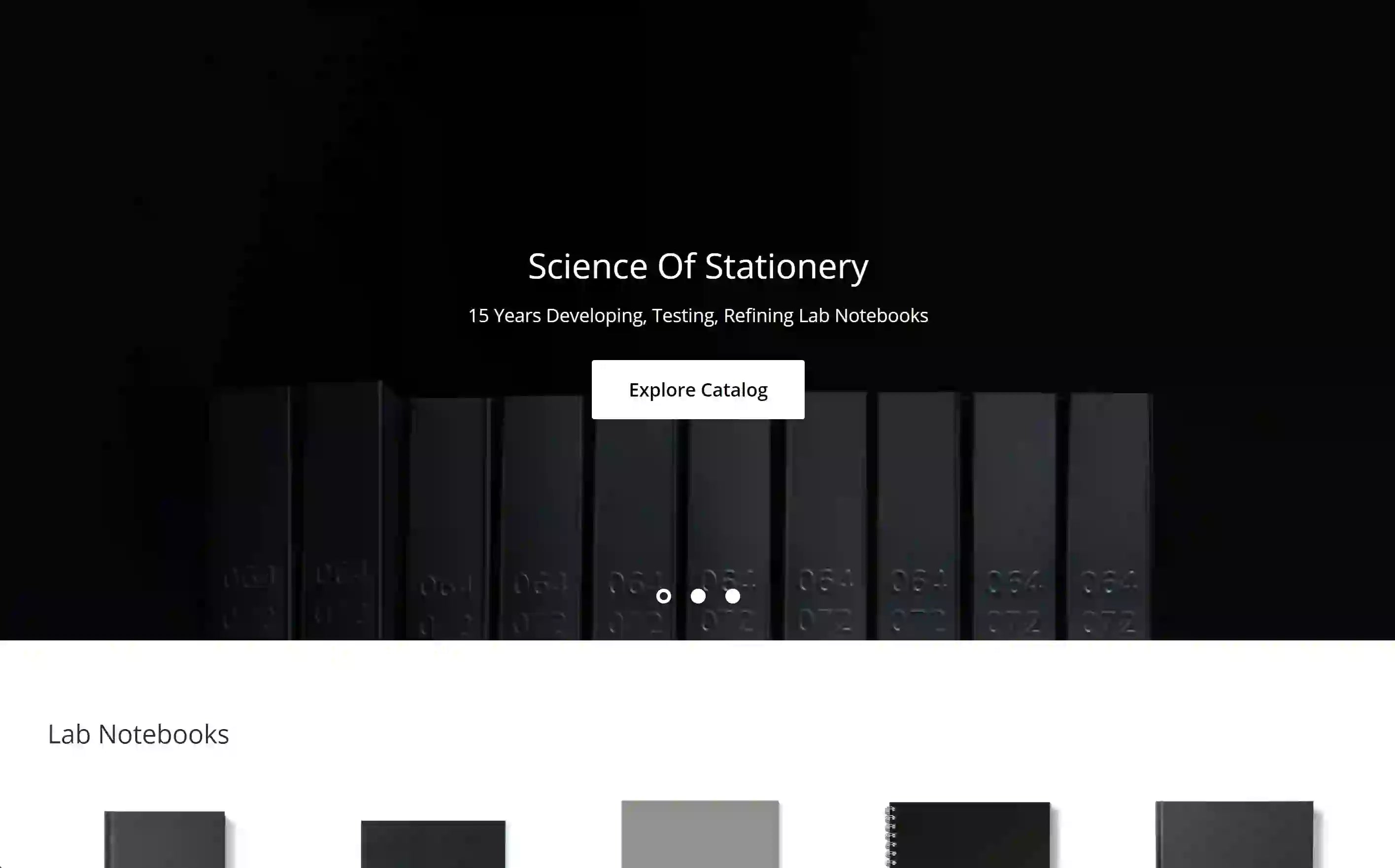In today’s fast-paced world of scientific research, integrating lab notebooks with modern analytical instruments is a game-changer. This integration can enhance data accuracy, reduce manual errors, and improve overall lab efficiency, making your research more reliable and streamlined.
At Vela Sciences, we understand how crucial this is and are here to guide you through the benefits, challenges, and best practices for achieving seamless integration.
Why Integration Matters
1. Better Data Accuracy: Imagine never having to manually enter data from your instruments into your lab notebook again. Automatic data capture means all your measurements and results are recorded accurately and instantly. This reduces the risk of errors and ensures your data is always reliable.
2. Saving Time: With integration, you can say goodbye to the tedious task of manual data entry. Automated data transfer allows you to focus more on analyzing and interpreting your results, speeding up the pace of your research.
3. Organized Data Management: Having all your data in one place is a huge advantage. Integrated systems store your data centrally, making it easy to access and cross-reference information from different instruments. This fosters better collaboration and comprehensive analysis.
4. Compliance and Traceability: Accurate and timestamped data recording is essential for meeting regulatory requirements. Integration supports this by providing a clear, verifiable record of your research activities, which is crucial for audits, patent applications, and publications.
Challenges You Might Face
1. Compatibility Issues: Not all instruments and lab notebook platforms are designed to work together seamlessly. Different data formats and communication protocols can make integration tricky and might require customized solutions.
2. Data Security Concerns: With digital records, ensuring the security and privacy of your data is vital. Integrated systems must have strong security measures to protect against unauthorized access and cyber threats.
3. Training and Adoption: Switching to a new integrated system can be a learning curve. Training lab personnel to use the new technology effectively is crucial to overcoming initial resistance and ensuring smooth adoption.
Tips for Successful Integration
1. Choose the Right Systems: Select lab notebooks and instruments that are designed for compatibility. Look for platforms with APIs and support for standard data formats to make integration easier.
2. Secure Your Data: Ensure the integrated system has robust security measures like encryption and access controls. Regular security audits and secure data backup solutions are also important to protect your research.
3. Train Your Team: Invest in comprehensive training for your lab personnel. Hands-on sessions and detailed manuals can help everyone get up to speed quickly and make the most of the new system.
4. Collaborate with Vendors: Work closely with the vendors of your lab notebooks and instruments. They can help address compatibility issues and customize solutions to optimize your integrated system.
5. Continuous Improvement: Regularly monitor the performance of your integrated system and gather feedback from users. Use this feedback to make continuous improvements and stay updated with technological advancements.
Stay Tuned for More from Vela Sciences
Integrating lab notebooks with modern analytical instruments can transform your research process, making it more accurate, efficient, and reliable. At Vela Sciences, we’re dedicated to providing high-quality lab record-keeping solutions that support seamless integration and help you achieve your research goals.
By embracing this integration, you can streamline your workflows, manage your data better, and drive your scientific discoveries forward.



